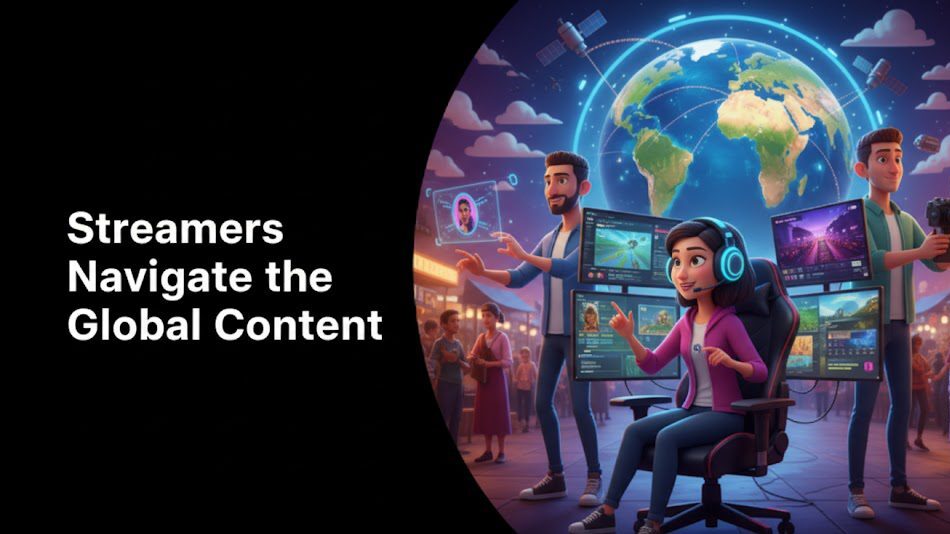Introduction
Bringing a beloved book, comic, or video game to the silver screen is no small feat. Some film adaptations captivate audiences and become instant classics, while others struggle to capture the essence of their source material. So, what separates a successful adaptation from a failed one?
In this article, we’ll explore the key ingredients of a great film adaptation—how filmmakers stay true to the original IP, balance creative liberties, and navigate industry challenges. You’ll gain insights into the adaptation process, from securing rights to development, production, and release. Whether you’re a producer, screenwriter, or film enthusiast, this guide will give you a behind-the-scenes look at what it takes to bring a story from page to screen.
Table of content
Track Every Adaptation in Development

What is a Film Adaptation?
A film adaptation is the process of transforming an existing intellectual property (IP), such as a book, play, video game, or comic, into a movie. This requires a balance between staying faithful to the source material and making necessary adjustments to fit the cinematic medium.
Some of the most successful films in history—like Harry Potter, The Lord of the Rings, and The Godfather—began as books, proving that well-executed adaptations can resonate with audiences worldwide.
Why Are Film Adaptations Popular?
Film adaptations have long been a Hollywood favorite, and for good reason:
- Built-in Audience – Popular books, comics, and games already have an existing fanbase eager to see their favorite stories brought to life.
- Proven Success – Studios minimize financial risk by adapting IPs that have already demonstrated market appeal.
- Cross-Media Expansion – Adaptations create opportunities for merchandising, spin-offs, and sequels across multiple platforms.
However, despite these advantages, not all adaptations succeed—some miss the mark due to weak storytelling, miscasting, or excessive creative liberties.
The Adaptation Process: From IP to Screen
Bringing an IP to the screen involves several critical stages:
- Securing Rights – A studio or filmmaker must acquire adaptation rights from the IP owner.
- Screenwriting & Development – Writers draft scripts that balance faithfulness with necessary modifications.
- Casting & Pre-Production – Finding the right actors and assembling the creative team.
- Production & Post-Production – Filming, editing, and adding visual effects.
- Marketing & Distribution – Promoting the film and deciding on theatrical or streaming release strategies.
Each stage presents its own challenges, requiring skillful adaptation to make the transition from page to screen seamless.
Connect with Film Industry Leaders

Key Elements of a Successful Film Adaptation
A great adaptation relies on several key factors:
- Faithfulness to Core Themes – Retaining the heart of the story while making necessary adjustments.
- Strong Casting Choices – Well-matched actors can bring characters to life authentically.
- Visual & Narrative Adaptation – A book’s inner monologues must be translated into visual storytelling.
- Balancing Fan Expectations – Honoring loyal fans while making the film accessible to new audiences.
Filmmakers must strike the perfect balance between innovation and reverence for the original work.
Common Challenges in Film Adaptations
Adaptations face many hurdles, including:
- Condensing Complex Storylines – Books often contain extensive details that can’t fit into a 2-hour runtime.
- Creative Differences – Studios, directors, and writers may disagree on how to handle the source material.
- Pacing Issues – Some adaptations struggle with rushed or overly stretched narratives.
Understanding these challenges can help studios craft better adaptations that stand the test of time.
Case Studies: Iconic Film Adaptations
Here are some notable examples of successful adaptations:
- The Lord of the Rings – Faithful storytelling, stellar casting, and groundbreaking visuals made this trilogy a masterpiece.
- Harry Potter Series – A strong balance of book accuracy and cinematic storytelling.
- The Godfather – Elevated the novel’s themes, creating one of the greatest films ever made.
These case studies highlight the key ingredients that contribute to adaptation success.
How Vitrina Helps with Film Adaptations
Vitrina provides essential tools and industry connections for filmmakers working on adaptations. With access to:
- Global Film+TV Projects Tracker – Track adaptation projects in development worldwide.
- Industry Connections – Find production houses, financiers, and distribution partners.
- Market Insights & Competitive Intelligence – Stay ahead of industry trends in film adaptations.
Whether you’re sourcing IPs or scouting production talent, Vitrina streamlines the adaptation process.
Key Takeaways
✔ Film adaptations bridge literature, gaming, and cinema, offering unique storytelling opportunities.
✔ Success depends on faithfulness to themes, casting, and effective visual storytelling.
✔ The adaptation process involves securing rights, development, production, and distribution.
✔ Vitrina helps filmmakers track projects, find partners, and gain market insights.
Frequently Asked Questions
Staying true to the source material while making necessary cinematic adjustments.
Poor script choices, miscasting, or deviating too much from the original work.
Platforms like Vitrina help track potential adaptation projects and industry trends.





































